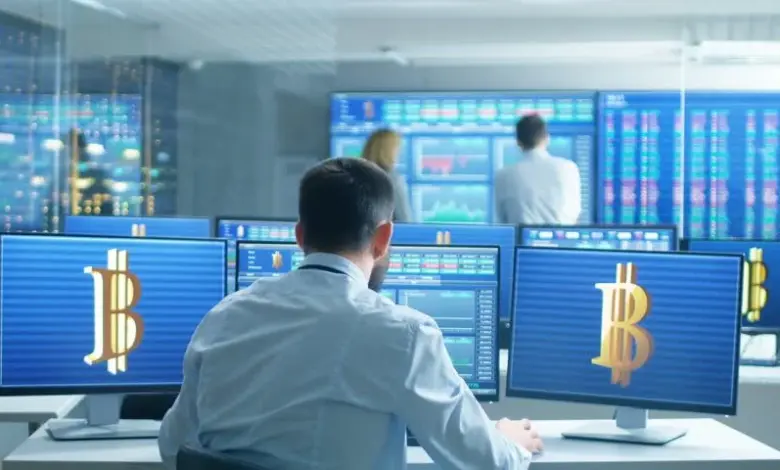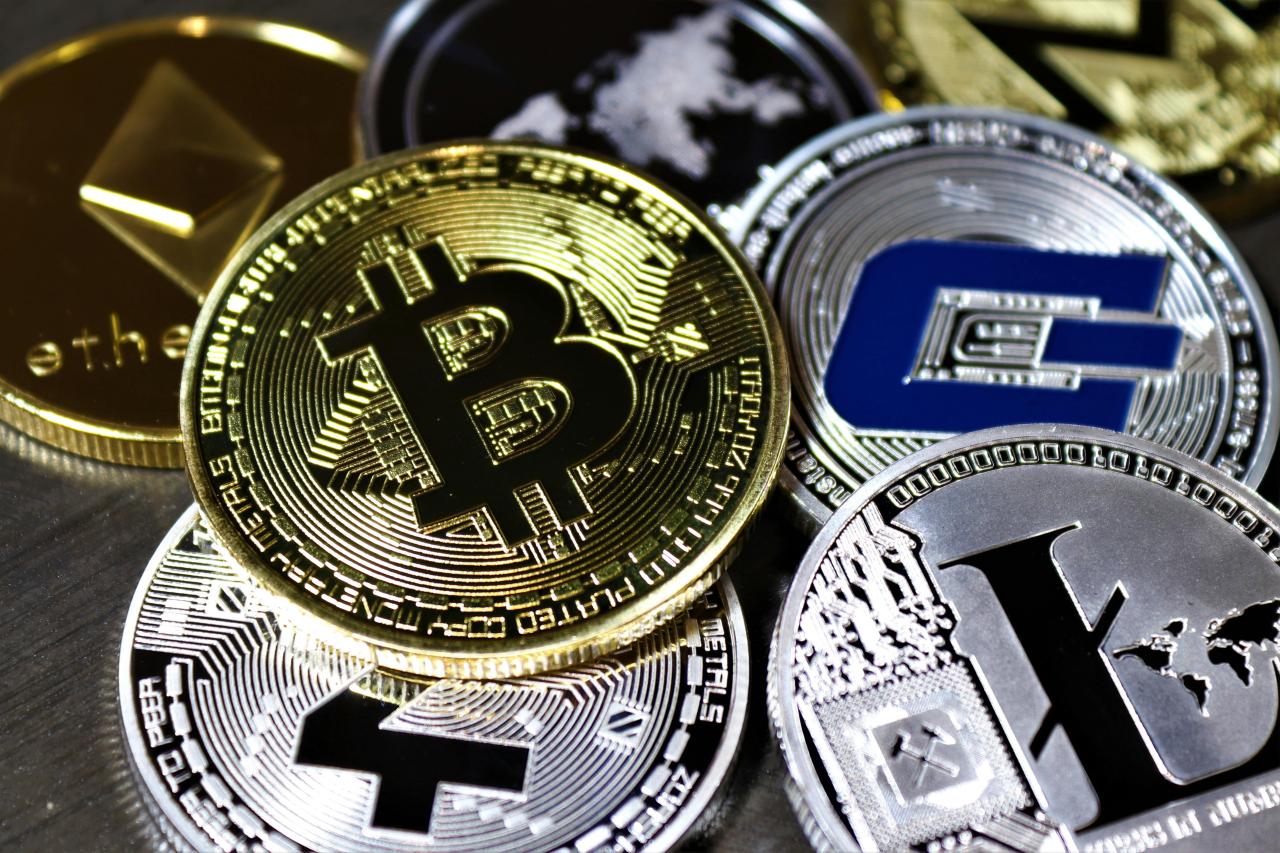DEXs: Trading Crypto Without Centralized Intermediaries

The traditional financial world has long relied on centralized exchanges—such as the New York Stock Exchange or major currency trading platforms—to act as the essential, singular hubs for buying and selling assets.
These centralized institutions provide necessary order, liquidity, and security under the watchful eye of governmental regulators. However, this model inherently involves giving up control and trust. Users must surrender custody of their assets to the exchange, making them vulnerable to corporate insolvency, sudden account freezes, and catastrophic security breaches.
The revolutionary emergence of Decentralized Exchanges (DEXs) represents a fundamental, powerful technological break from this established financial paradigm. DEXs leverage the transparent, automated power of the blockchain and smart contracts to facilitate peer-to-peer trading directly.
This groundbreaking innovation eliminates the need for any third-party intermediary, allowing users to execute trades directly from their own secured digital wallets. Decentralized Exchanges preserve the core principles of the crypto movement: autonomy, censorship resistance, and absolute control over one’s own assets.
Understanding the mechanics, advantages, and risks of this system is absolutely essential for navigating the future of truly permissionless finance.
The Core Problem with Centralized Exchanges (CEXs)
To fully appreciate the innovation brought by Decentralized Exchanges (DEXs), one must first recognize the fundamental vulnerabilities inherent in their centralized counterparts (CEXs). CEXs, while offering speed and simple user interfaces, introduce several critical risks that undermine the decentralized ethos of cryptocurrency. The primary vulnerability is the loss of custody. When a user deposits funds onto a CEX, they temporarily surrender the private cryptographic keys that control their assets to the exchange.
This means that the user no longer possesses true ownership. They rely entirely on the security and solvency of the centralized entity. This arrangement creates a single, massive point of failure that is highly attractive to malicious hackers. The history of the crypto market is littered with examples of huge CEXs being hacked or suddenly collapsing.
Furthermore, CEXs are legally required to comply with regulatory demands. This means they can be compelled to freeze user accounts, block transactions, or seize funds based on governmental or judicial orders. This regulatory vulnerability defeats the purpose of holding a censorship-resistant digital asset. The user loses absolute control over their own capital.
DEXs were created as a direct, technological response to these inherent flaws. They eliminate the need for centralized custody and regulatory control by automating the entire trading process with transparent code. This system places the ultimate security responsibility directly back into the hands of the individual user.
The Mechanics of a Decentralized Exchange (DEX)
A Decentralized Exchange (DEX) functions fundamentally differently from a CEX. It does not utilize a central order book where buyers and sellers manually match prices. Instead, it relies on an automated, peer-to-contract mechanism powered by smart contracts. This shift in architecture is central to its decentralized nature.
A. Automated Market Makers (AMMs)
The vast majority of modern DEXs utilize an Automated Market Maker (AMM) system. The AMM replaces the traditional human intermediary with a smart contract and a mathematical formula. This formula determines the price of the assets dynamically based on the ratio of the tokens held within a specific liquidity pool. Trading occurs directly against this pool of assets.
B. Liquidity Pools
A Liquidity Pool is a crucial innovation. It is a large, shared digital reservoir containing pairs of tokens (e.g., ETH and USDC). This pool is locked within a smart contract on the blockchain. Users who contribute their assets to this pool are known as Liquidity Providers (LPs). The existence of these pools is what enables instant trading.
LPs are incentivized to provide capital to the pool. They receive a proportionate share of the transaction fees generated by every trade that utilizes that specific pool. This reward system ensures the market always has sufficient capital to facilitate immediate trading volume. LPs earn passive income by providing market function.
C. The Constant Product Formula
The core of the AMM is a mathematical formula, often the Constant Product Formula (). This formula ensures that the product of the quantities of the two assets in the pool ( and ) always remains constant (). When a trader buys one asset from the pool, the amount of the other asset must increase proportionally. This constant adjustment dictates the new price of the trade.
The formula automatically ensures that as one asset is withdrawn, its price relative to the other asset increases. This structure prevents the pool from running out of either asset. The imbalance itself creates the necessary price incentive for arbitrage traders to restore the natural market equilibrium.
D. Swapping and Price Slippage
Executing a trade on a DEX is often referred to as a swap. The user swaps one token for another directly from the liquidity pool. When very large trades are executed, they can significantly alter the balance of the pool. This alteration can result in price slippage. Price slippage is the difference between the expected price and the final executed price. Users must monitor their slippage tolerance.
The Advantages of Decentralization
The architectural shift to DEXs provides several compelling advantages that align with the core philosophies of the crypto movement. These advantages primarily center on security, control, and accessibility. They address the inherent weaknesses of centralized systems directly.
E. Non-Custodial Trading
The most significant advantage is Non-Custodial Trading. Users execute trades directly from their private digital wallets. They never transfer their private keys or their assets to the exchange’s control. The user retains complete, absolute custody of their funds throughout the entire transaction process. This eliminates the risk of loss due to exchange hacking or insolvency.
F. Censorship Resistance
DEXs are censorship resistant. Because they are governed by immutable smart contract code, no centralized entity, government, or regulator can unilaterally freeze accounts or block transactions. As long as the underlying blockchain is operational, the exchange remains available to all users globally. This feature is paramount for those seeking financial autonomy.
G. Transparency and Auditability
The entire operation of a DEX is conducted on a public blockchain, ensuring complete transparency and auditability. All liquidity pool balances, transaction volumes, and fee structures are publicly visible and verifiable by anyone. This transparency creates inherent accountability that is often absent in opaque centralized financial systems.
H. Accessibility and Low Barrier to Entry
DEXs are permissionless. Anyone, regardless of their credit score, nationality, or wealth, can access and trade on a DEX with nothing more than a digital wallet and internet access. This low barrier to entry fosters greater financial inclusion and enables truly global market participation.
Risks and Limitations of DEXs

Despite their significant advantages, Decentralized Exchanges face several unique challenges and inherent risks that users must fully understand. These limitations often stem directly from the novelty and complexity of the technology itself. Managing these specific risks is essential.
I. Smart Contract Vulnerabilities
Smart Contract Risk is the primary technological threat. DEXs rely entirely on complex, custom-written code. Any bug, error, or vulnerability in the underlying smart contract code can be exploited by hackers. A successful exploit can lead to the massive, irreversible draining of the entire liquidity pool’s assets. Code auditability is a constant necessity.
J. Impermanent Loss
Impermanent Loss is a unique risk faced by Liquidity Providers (LPs). This occurs when the price of the tokens deposited into the pool changes significantly after the initial deposit. The loss is the difference between simply holding the tokens in the wallet and depositing them into the pool. This potential loss is often offset by the fees and rewards earned by the LPs.
K. High Transaction Fees (Gas)
DEXs often face challenges with transaction costs, particularly during periods of high network congestion on blockchains like Ethereum. High network demand can lead to dramatically increased transaction fees (“gas fees”). These costs can make small trades uneconomical. Layer 2 scaling solutions are actively working to mitigate this cost issue.
L. Lack of Customer Support
Because DEXs are decentralized and automated, there is a fundamental lack of traditional customer support. There is no phone number to call, no agent to talk to, and no central authority to reverse an accidental or erroneous transaction. Users are responsible for their own security and operational mistakes. Self-reliance is the absolute requirement.
Future Direction and Scalability

The future of Decentralized Exchanges is focused on achieving greater scalability, improving user experience, and managing regulatory integration. The current limitations are actively being addressed by cutting-edge architectural advancements. The goal is to make DEXs competitive with the speed and cost of CEXs.
The adoption of Layer 2 scaling solutions is critical for the long-term viability of DEXs. Technologies like optimistic rollups and zero-knowledge rollups process the vast majority of transactions off-chain. This dramatically reduces transaction costs and increases the overall network throughput exponentially. This innovation is necessary for mass adoption.
The development of Aggregators is improving liquidity and pricing. Aggregators scan multiple DEXs simultaneously to find the user the best available price and the lowest slippage for a swap. This simplifies the trading process significantly. It ensures that the user always accesses the most efficient market possible.
Regulators are increasingly focused on the front-end interfaces of DEXs. The legal framework will likely evolve to require Anti-Money Laundering (AML) and Know Your Customer (KYC) compliance at the user-facing web interface level. This regulatory integration will attempt to balance global access with legal compliance.
Conclusion
Decentralized Exchanges (DEXs) are the essential, code-based marketplaces enabling trustless, peer-to-peer crypto trading. The system utilizes Automated Market Makers (AMMs) and liquidity pools to execute trades automatically without centralized intermediaries.
The primary advantage is non-custodial trading, which eliminates the risk of loss due to exchange insolvency or centralized seizure. DEXs achieve censorship resistance because their operations are governed by immutable, autonomous smart contract code.
Liquidity Providers (LPs) are incentivized to fund the trading pools with assets, earning a share of the transaction fees generated. The unique risk of Impermanent Loss is the primary financial risk LPs must manage when depositing volatile assets into the pools. Smart contract vulnerabilities pose the largest technological threat, as bugs can lead to the irreversible draining of all pooled assets.
The future growth of DEXs relies entirely on the successful deployment of Layer 2 scaling solutions to drastically reduce high transaction fees. Decentralization and transparency create inherent accountability, which is a major ethical advantage over opaque centralized financial systems.
The low barrier to entry ensures global financial inclusion and provides permissionless access to capital and trading for everyone worldwide. Mastering the non-custodial security of one’s own private keys is the absolute requirement for safely navigating the DEX environment. DEXs stand as the fundamental, crucial pillar of the entire Decentralized Finance ecosystem and the future of market efficiency.


